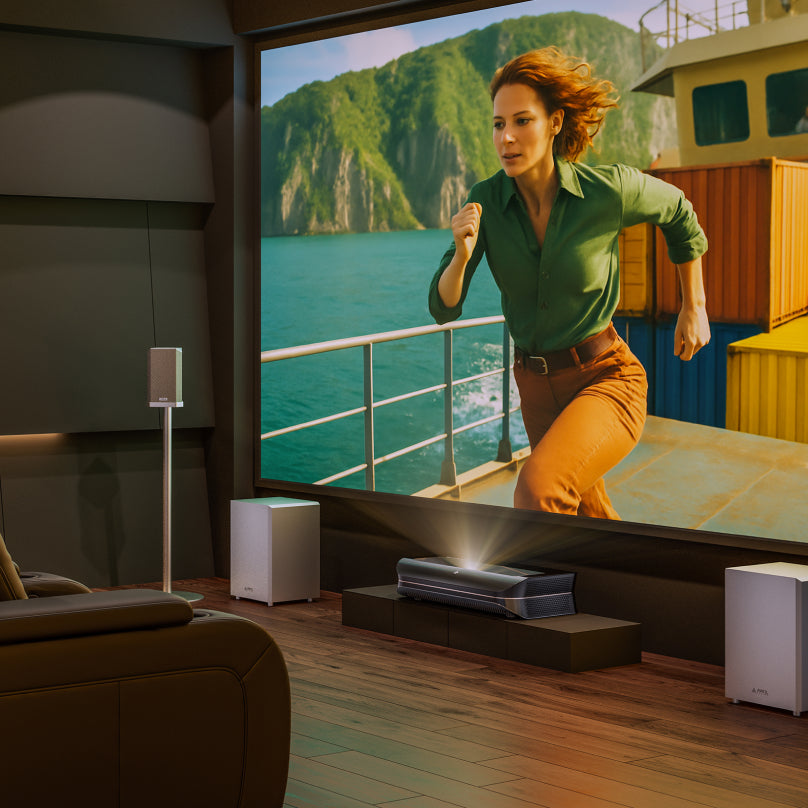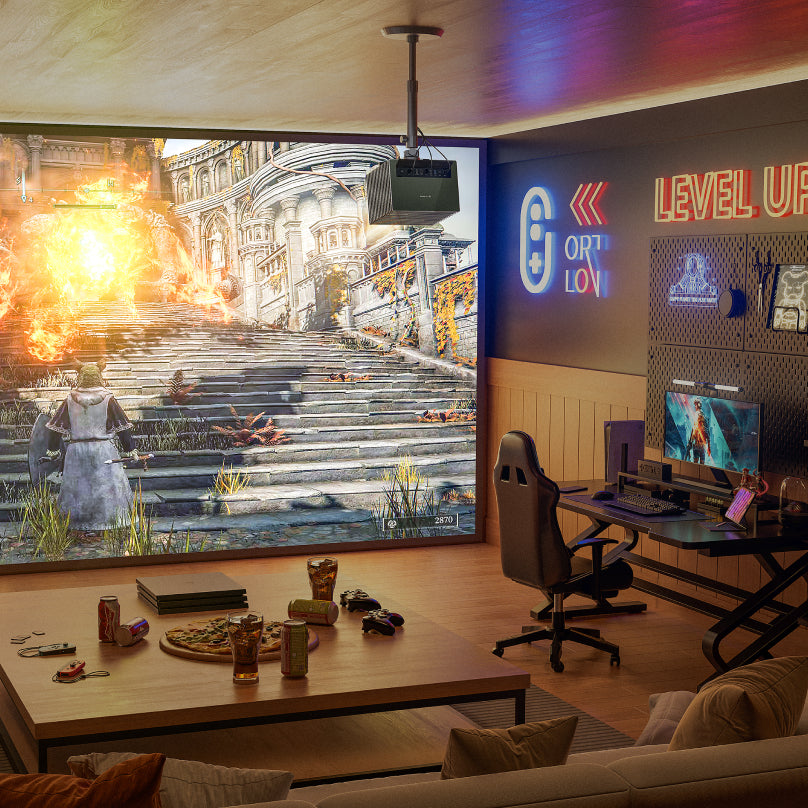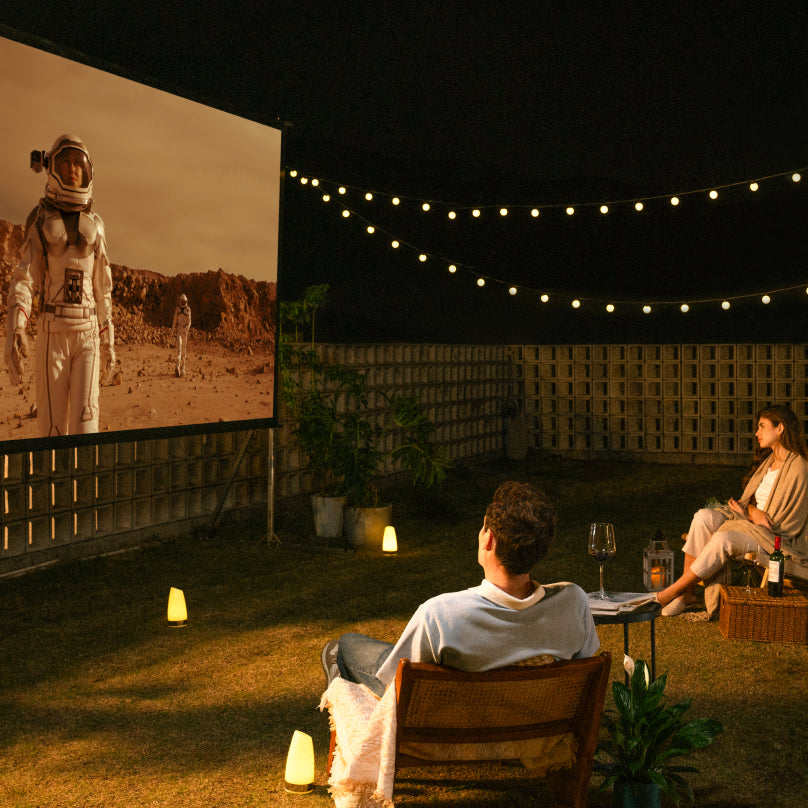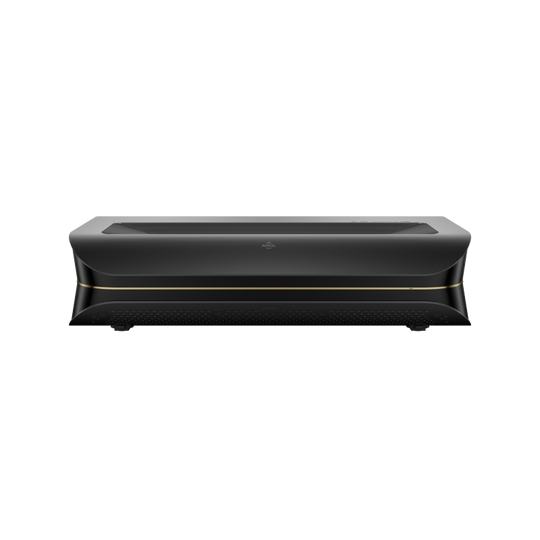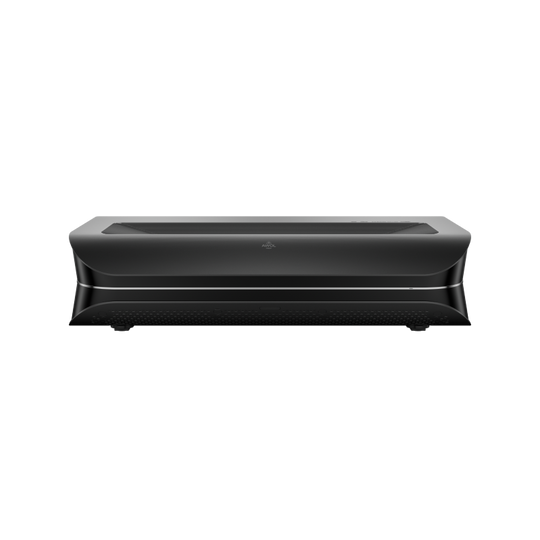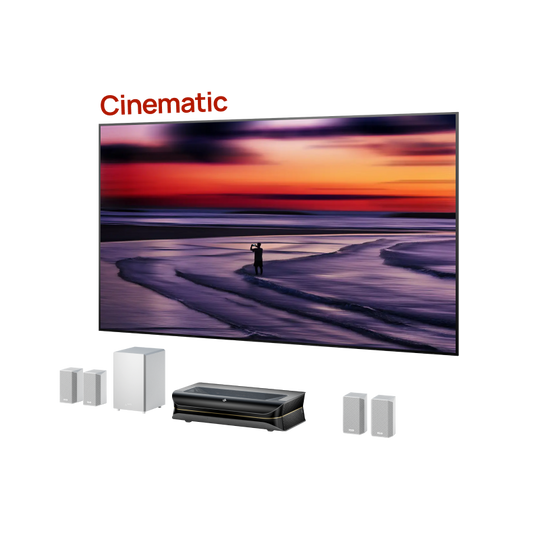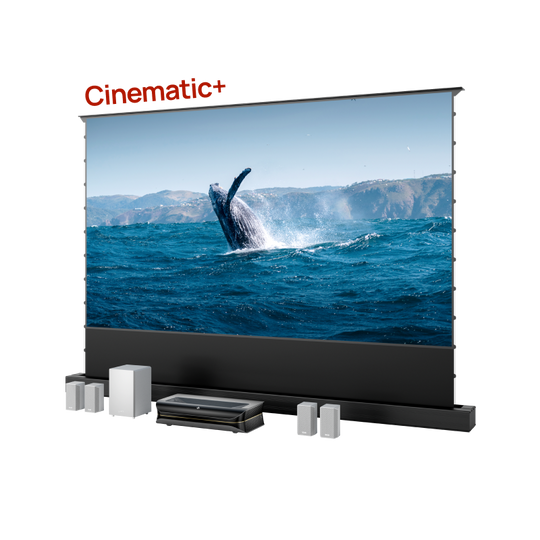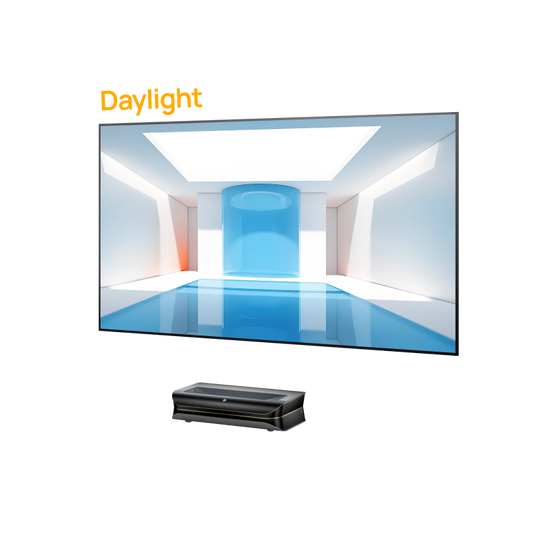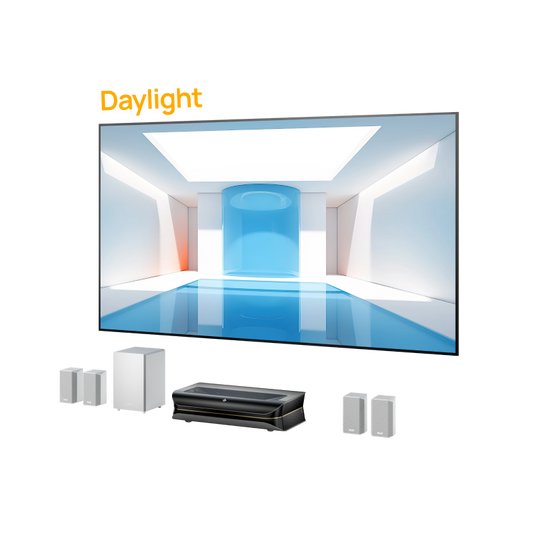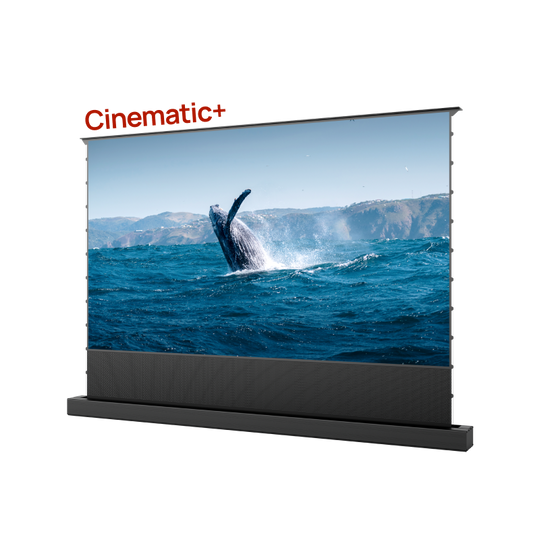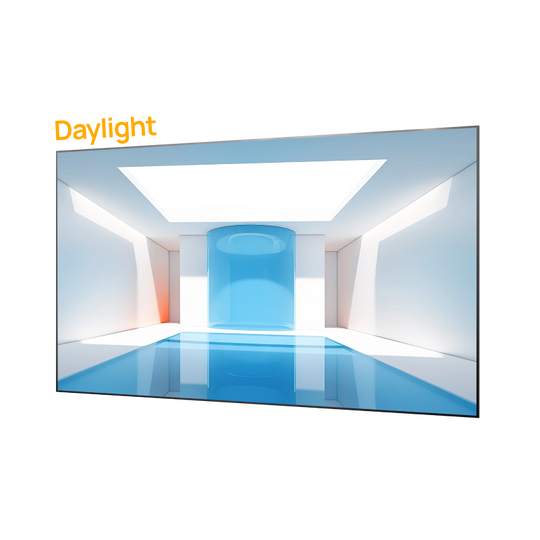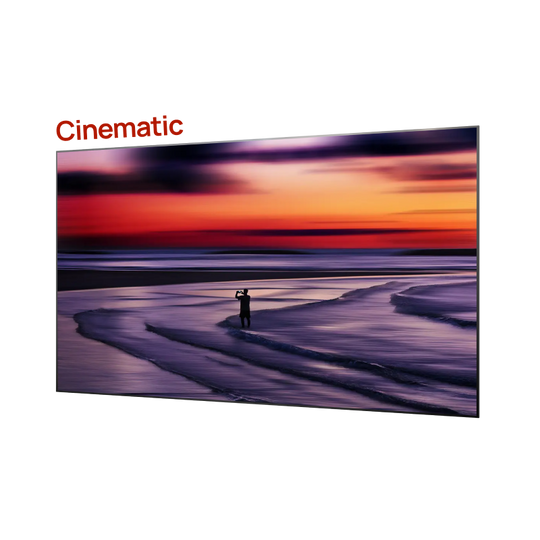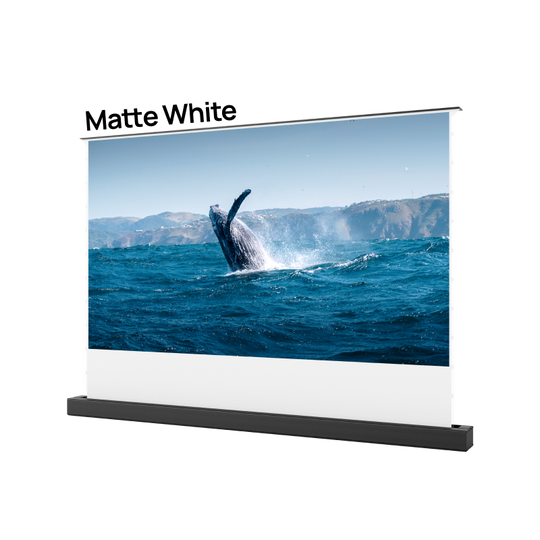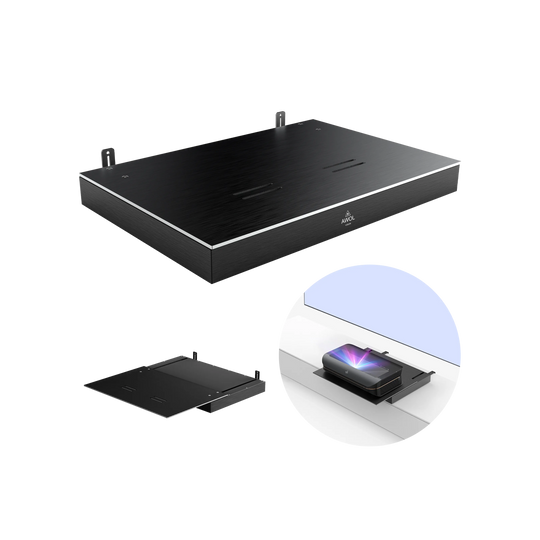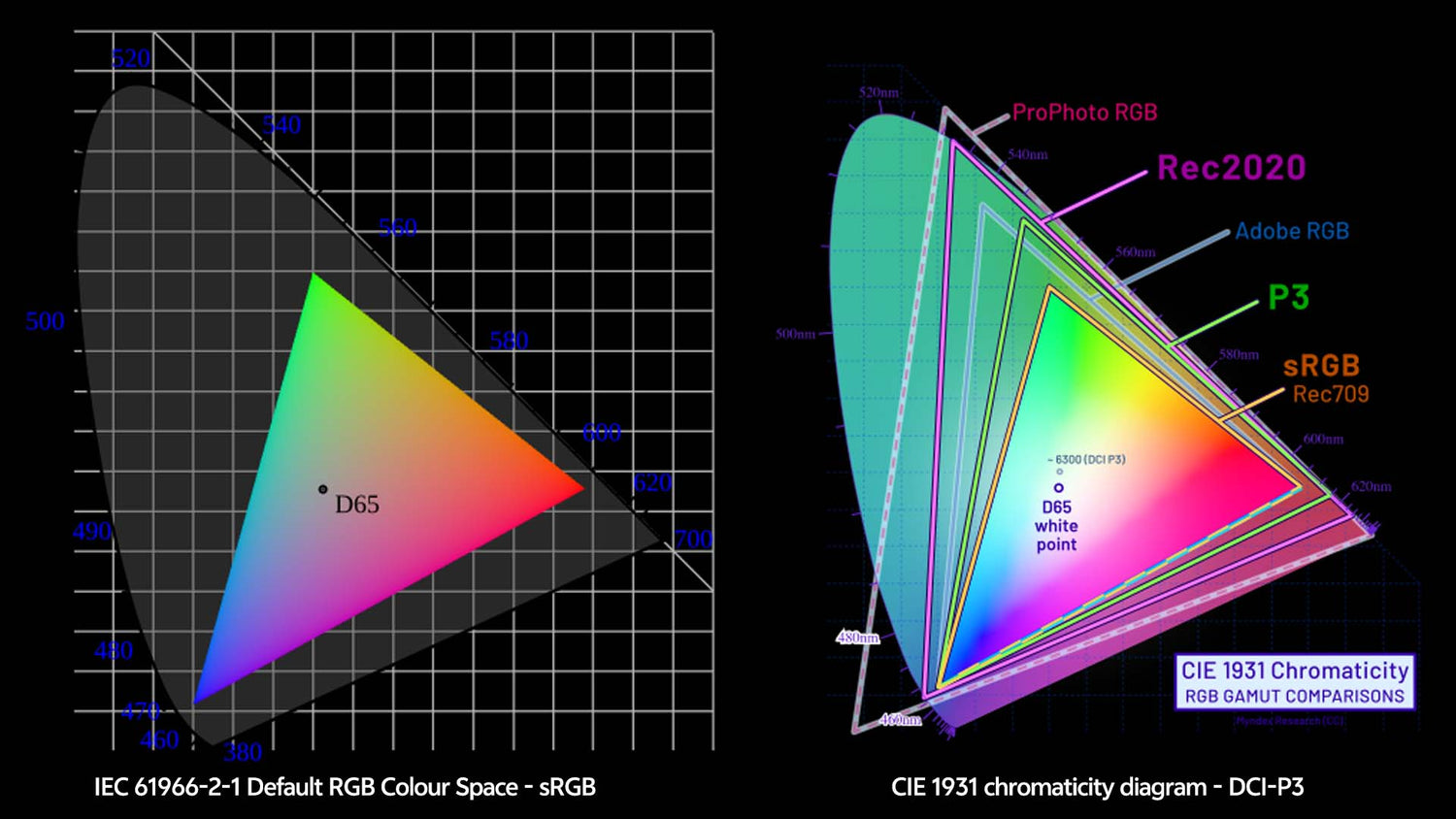You've experienced the frustration: a photo looks perfect on your laptop but washed out on your phone, or a movie that amazed you in theaters feels flat at home. This happens because your devices speak different color "languages"—primarily sRGB and DCI-P3.
What Are Color Standards?
Think of color standards as vocabularies. Just as English and Spanish use different words to describe the same concepts, sRGB and DCI-P3 use different approaches to display the same colors. The "vocabulary size" determines how many colors each standard can accurately reproduce.
sRGB: The Internet's Universal Language
The Foundation (1996-Present)
sRGB was created by HP and Microsoft in 1996 and became the official IEC standard in 1999. It was designed for the CRT monitors and web browsing of its era, prioritizing universal compatibility over color richness.

Key Characteristics:
- Covers about 35% of visible colors
- Optimized for web content and office applications
- Universally supported across all devices and browsers
- Reliable and predictable across different screens
sRGB succeeds at its original mission: ensuring a website or document looks consistent whether viewed on a laptop in Tokyo or a desktop in New York.
DCI-P3: Hollywood's Color Choice
Cinema-First Design (2005-Present)
DCI-P3 emerged from Hollywood's Digital Cinema Initiative to reproduce the rich colors that filmmakers captured on film. Unlike sRGB's computing origins, DCI-P3 was built for cinematic storytelling.

Key Advantages:
- Covers approximately 25% more colors than sRGB
- Excels at vibrant reds, deep greens, and rich cyans
- Standard for movie theaters and streaming platforms
- Better reproduces challenging colors like neon signs and tropical waters
The sRGB vs. DCI-P3 Showdown
What You Actually See
The difference is immediately visible in direct comparisons:
sRGB Limitations:
- Coca-Cola red appears more orange
- Ocean blues look muted
- Neon colors lose their "glow"
- Sunsets appear less dramatic
DCI-P3 Advantages:
- Vibrant automotive paints look accurate
- Movie scenes appear as directors intended
- Game worlds feel more immersive
- HDR content displays properly
Color Accuracy Matters
Professional displays measure color accuracy using Delta E values—lower numbers mean more accurate colors. Quality displays achieve Delta E below 3 (good) or below 1 (excellent), ensuring colors appear as intended rather than just "more colorful."
Gaming: When Does Color Matter?
Competitive Gaming
For esports titles like Valorant or Counter-Strike, sRGB is perfectly adequate. These games prioritize:
- Fast response times
- High refresh rates
- Clear visual information
- Universal compatibility
Immersive Gaming
Modern story-driven games benefit dramatically from DCI-P3:
- Cyberpunk 2077: Neon-lit cityscapes gain depth and atmosphere
- Red Dead Redemption 2: Sunsets become breathtaking spectacles
- Marvel's Spider-Man: The suit colors match their cinematic counterparts
Game developers now create assets specifically for wide-color displays, meaning DCI-P3 shows games as artists intended.
Common Misconceptions
Myth: "Wider color always looks better" Reality: Uncalibrated wide-color displays can make sRGB content look oversaturated and cartoonish. Quality displays need intelligent color management.
Myth: "You can't see the difference" Reality: While professionals can explain the technical reasons, most viewers immediately notice the difference in side-by-side comparisons with high-quality content.
Myth: "All DCI-P3 displays are the same" Reality: Coverage percentage only tells part of the story. Color accuracy, brightness capability, and calibration quality matter just as much.
The Technology Behind Superior Color
Advanced Display Technologies
The most accurate color reproduction comes from displays using pure light sources rather than filtered light. Laser-based projection systems generate precise red, green, and blue light without the compromises inherent in conventional display technologies.
These advanced systems often achieve:
- Coverage beyond standard color spaces
- Factory calibration with individual verification
- Consistent performance across all brightness levels
- Professional-grade color accuracy
Future-Proofing Your Investment
The entertainment industry continues expanding toward wider color standards. Modern streaming services, 4K Blu-rays, and gaming content increasingly target wide-color presentation. Displays with superior color capability ensure compatibility with both current and future content.
sRGB or DCI-P3? A Use-Case Breakdown
For Web Work and Office Use
sRGB remains the standard for:
- Web design and development
- Document creation
- Email and productivity applications
- Content intended for universal viewing
For Entertainment and Creative Work
DCI-P3 (or wider) becomes essential for:
- Movie and TV viewing
- Immersive gaming experiences
- Photo editing and color grading
- Content creation for modern platforms
For the Most Demanding Applications
Professional and high-end consumer users benefit from displays offering:
- Verified color accuracy with calibration reports
- Coverage of advanced color standards
- Consistent performance across brightness levels
- Future compatibility with evolving content
The Bottom Line
There's no universally "better" color standard—only the right choice for your needs. sRGB excels for universal compatibility and web-focused work. DCI-P3 transforms entertainment experiences and modern content creation.
For users who recognize the difference between adequate and exceptional visual quality, investing in advanced color reproduction technology—particularly laser-based systems with verified calibration—provides measurable benefits that enhance every viewing experience.
The choice ultimately depends on whether you're satisfied with standard color reproduction or demand the exceptional quality that reveals content exactly as creators intended.
